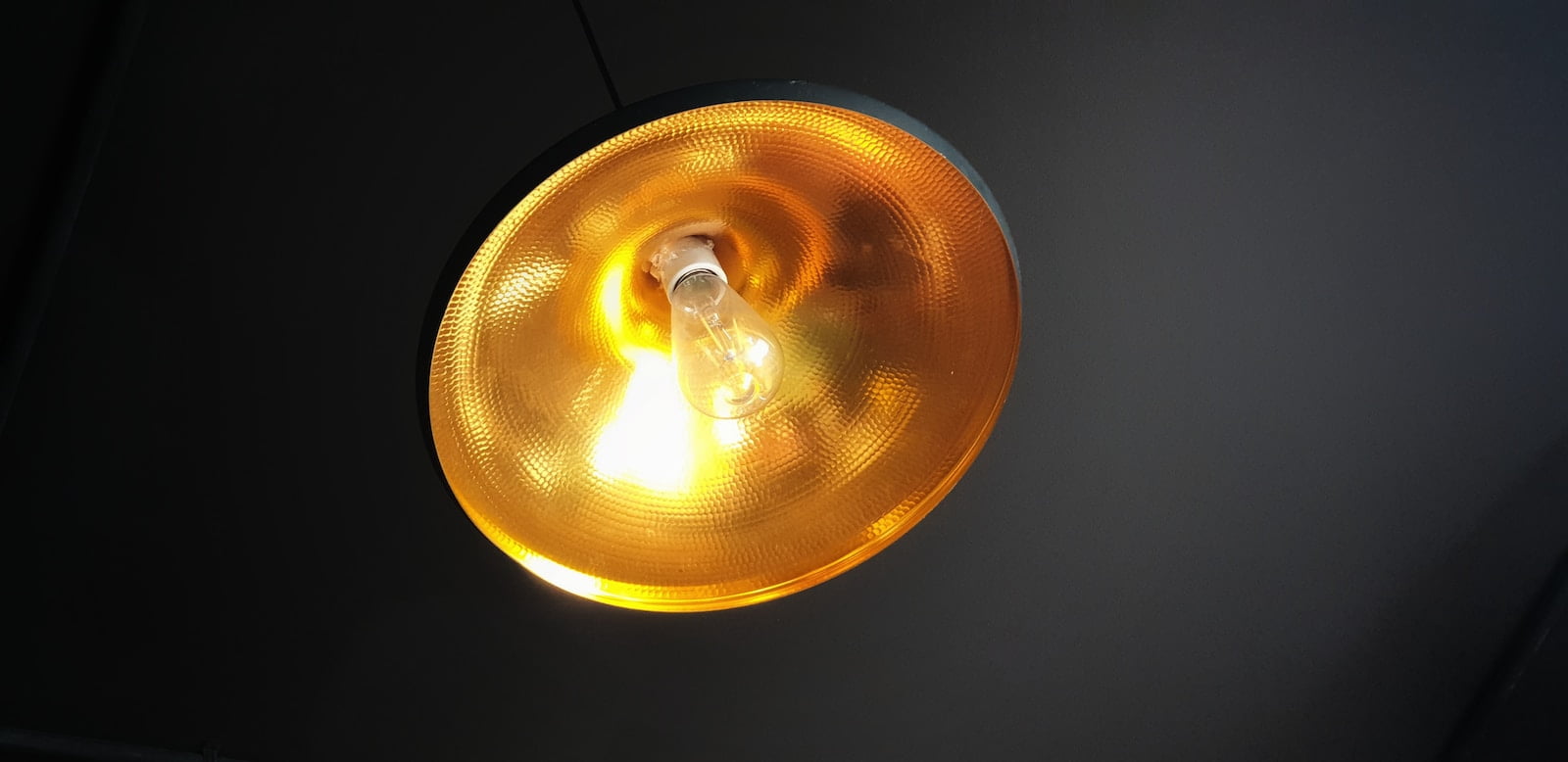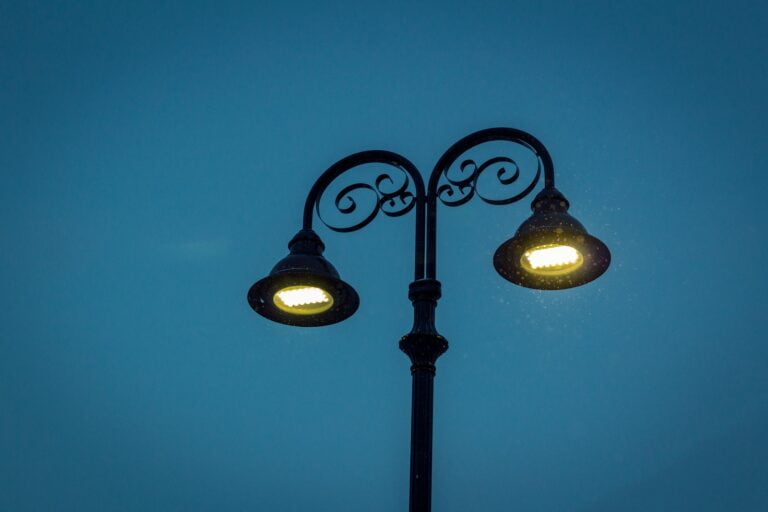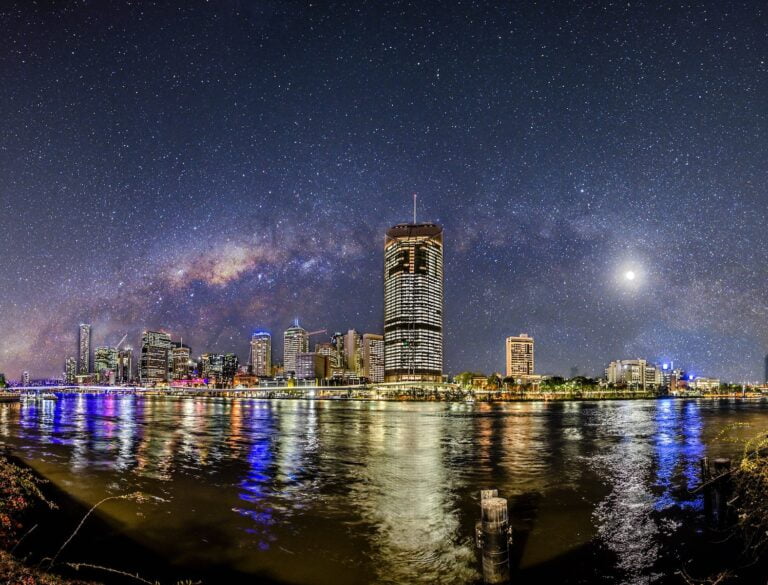Understanding Dark Sky Lighting Color Temperatures: A Guide

Introduction to Dark Sky Lighting
As we navigate through the hustle and bustle of daily life, we rarely stop to ponder over the magical beauty of the night sky. The concept of Dark Sky Lighting aims to reclaim the celestial spectacle that’s often lost in urban landscapes. Dark sky lighting is all about minimizing light pollution, a widespread issue that veils the majestic splendor of the night sky and disrupts natural ecosystems. With the right understanding of dark sky lighting color temperatures, we can illuminate our spaces responsibly and protect the beauty of our night skies.
Now, you may ask, how does color temperature play a role in all this? 🌈 The color temperature of a light source significantly influences the amount and type of light pollution it produces. That’s where the importance of understanding dark sky lighting color temperatures comes in.
What is the Color Temperature for Dark Sky Compliance?
The International Dark Sky Association (IDA) recommends using lighting with a color temperature no more than 3000 Kelvin. Why this specific range, you might wonder? Well, it’s all about the spectrum of light and its impact on the environment and our night sky.

The Role of Kelvin in Measuring Color Temperatures
The Kelvin scale is used to categorize light sources based on the color of light they emit. Lower color temperatures (around 2000K to 3000K) produce what we call ‘warm’ light, with less blue light in its spectrum. This warm light is less harsh, creates less glare, and contributes less to sky glow, making it a better choice for dark sky compliance.
Higher color temperatures (above 3100K), on the other hand, are rich in blue light. This light is brighter, harsher, and contributes significantly to glare and sky glow. Blue light has also been shown to potentially harm our health and disrupt wildlife, making it a less favorable choice for outdoor lighting.
What are the Requirements for Dark Skies Lighting?
Complying with dark sky guidelines involves more than just choosing the right color temperature. It requires a comprehensive approach that encompasses the design of lighting fixtures, their placement, and operation. Here are some key requirements for dark sky compliant lighting:
- Full cutoff fixtures: These fixtures are designed to direct light downward, minimizing the amount of light that spills upward into the sky.
- Fully shielded lights: Shielding prevents light from shining where it’s not needed or desired, such as onto neighboring properties or into the sky.
- Use of timers: Timers ensure lights are only on when needed, reducing energy consumption and unnecessary light pollution.
Full Cutoff Fixtures and Their Role

Full cutoff fixtures play a crucial role in minimizing light pollution. They are designed to project light downwards, where it is needed, and not upwards, where it contributes to sky glow. By focusing light on the ground, these fixtures enhance visibility and safety while preserving the beauty of the night sky.
Furthermore, full cutoff fixtures contribute to energy efficiency. By directing light precisely where it’s needed, these fixtures ensure that no light, and thus no energy, is wasted.
Necessity of Timers in Outdoor Lighting
Timers are another vital tool in the fight against light pollution. By ensuring that lights are only on when necessary, timers can significantly reduce the amount of light pollution and energy waste. So, instead of leaving outdoor lights on all night, timers can be set to turn lights on during specific hours, or to activate in response to motion. This way, we maintain safety and security, save on energy costs, and contribute to a darker sky 🌃.
What is DarkSky Lighting Important?
Dark sky lighting aims to minimize light pollution, an issue that not only obstructs the beauty of the night sky but also poses potential harm to humans and wildlife. Light pollution can disrupt sleep patterns, lead to depression, and have other long-term health consequences. It also interferes with the behavior and life cycles of wildlife, especially nocturnal creatures. With increasing urbanization and the widespread use of artificial light, it’s more important than ever to embrace dark sky lighting practices to preserve our night skies and minimize these harmful effects.
In addition, embracing dark sky lighting can lead to energy savings. By choosing fully shielded, downward-facing fixtures, and by using lights only when necessary, we can significantly reduce energy consumption. Timers can play a crucial role in this, ensuring lights are only on when needed. Furthermore, choosing light sources with dark sky lighting color temperatures (3000K or lower) can reduce the amount of blue light, which is particularly harmful to both the environment and human health.
Key Aspects of Dark Sky Lighting
| Aspect | Description |
|---|---|
| Full cutoff fixtures | Direct light downward, minimizing upward spill. |
| Fully shielded lights | Prevent light from shining where it’s not needed or desired. |
| Timers | Ensure lights are only on when necessary. |
| Dark sky lighting color temperatures | Limit the amount of blue light, reducing environmental and health impacts. |
Glossary
- Color Temperature: A measure of the color of light emitted by a source, measured in degrees Kelvin (K).
- Kelvin (K): A unit of measure for color temperature.
- Full Cutoff Fixtures: Lighting fixtures designed to direct light downward, minimizing light spill into the sky.
- Fully Shielded Lights: Lighting fixtures designed to prevent light from shining where it’s not needed or desired, such as onto neighboring properties or into the sky.
- Timers: Devices used to control when lights turn on and off, ensuring they are only on when necessary.
- Light Pollution: Excessive or misdirected artificial light that can cause a glowing effect in the sky, disrupt ecosystems, and have negative health effects.






